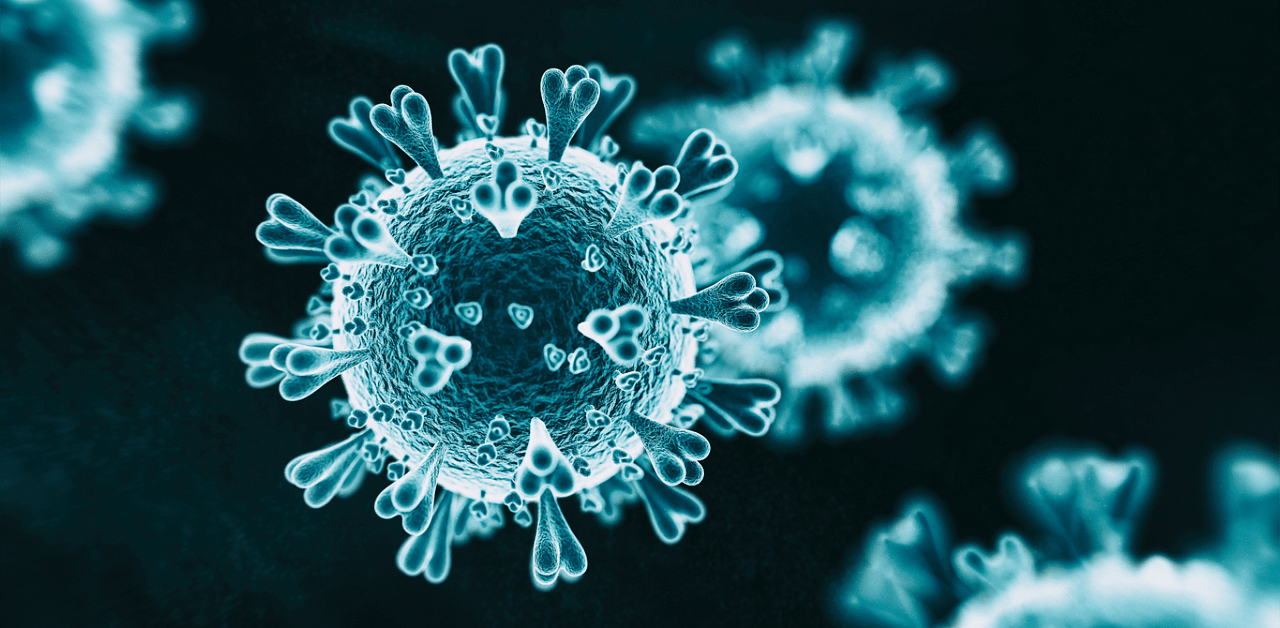
Coronavirus is important but it is more important to put the pandemic in the right perspective, certainly not at the cost of non-Corona diseases. We have a corona pandemic on the one hand and non-Corona diseases on the other.
First, we have been either casual or in panic in terms of our response to the spread of the virus. Maybe the news about fatalities and uncertain future has contributed to this panic. Maybe the different ways the virus is affecting people in terms of intensity and fatality could be the reason. For many, it is no more than the common flu or even milder, but for some, it has proved fatal.
Covid-19 is under control in many countries and so will it be here. We now know a lot more about how to manage this disease. There will be a treatment and there will be a vaccine in the near future. One needs to see the pandemic in the right perspective, then the numbers will not panic you: the number of corona cases in India - 2.84 million; Recoveries among Covid-19 patients surged to 21 lakh pushing recovery rate; Only 0.28% people of 6,86,395 active cases are on ventilator support; Only 1.92% are in ICU; 2.62% are on oxygen support; Covid mortality rate has declined to 1.89%.
The ‘cardiac capital’ and the ‘diabetes capital’ of the world, India was considered a fertile breeding ground for the pandemic. Our population was seemingly more susceptible to the impact of the Novel Coronavirus, due to a high number of people suffering from lung diseases, heart diseases, diabetes, malnutrition-related conditions, among many other ailments.
The practice of physical distancing was almost impossible feat considering that on an average every, every sixth Indian lives in slums with high population densities, poor environmental sanitation and overcrowded, poor medical infrastructure. In totality, when the pandemic began, predictions were a recipe for disaster.
While India reported its first Coronavirus case within a seven-day window of Italy, the UK, Germany or Spain finding theirs, its case and fatality trajectory has been much slower that its counterparts.
Though India is now the third most infected country in the world, with a 12% contribution to global cases, the contribution to the global deaths at 7% remains relatively low—a figure which was unexpected for the second most populated country with a rather weak health infrastructure.
Non-coronavirus diseases and burden of disease in India:
In 2017, almost 27,000 people died every day, amounting to more than 9.7 million fatalities that year.
Almost 26% of these were caused by communicable, perinatal, maternal and nutritional diseases.
A disease such as TB which has been plaguing India for decades, alone contributes to 43 deaths per hour, amounting to a total of 3,75,000 deaths in 2017.
Diarrhoea, one of the most prevalent communicable diseases, causes 1,422 deaths every day.
More than 7,000 people die every day because of cardiovascular diseases
Chronic respiratory diseases, such as asthma, together cause a shocking 6,540 deaths on a daily basis.
More than 2,000 cancer patients die every day
The daily deaths caused by the novel Coronavirus in India in the past five months has been 319 - as of August 14, and a daily average of 617 in July. This fatality is in spite of a no specific treatment. Remember, diseases such as diarrhoea, TB and malaria, for which treatment processes are available, cause more deaths on a daily basis.
The level of panic observed during this pandemic has not been seen while countering diseases such as Ischemic heart disease, diarrhoea or TB which have caused many more fatalities and have been burdening the health system of India for decades now.
A disturbing possibility, which is buried under the cacophony around “Covid-19 issues” and seldom discussed during this pandemic, is the possibility of a sharp rise in non-Covid-19 deaths in the country, due to the current disruptions in healthcare and essential services.
Neglected emergencies
The list of neglected medical and surgical emergencies is endless. These time-critical emergencies if not treated on time could be life-threatening. For instance: acute heart attacks are best treated with good reversibility of cardiac function if treated on time and the golden hour being one hour from onset of pain. Delay in treatment can cause complications like irreversible heart muscle damage leading to pumping failure which can lead to sudden death if not treated on time.
More than two lakh new patients of end-stage renal disease are added every year which incrementally adds to more than three crore dialysis episodes per year. Patients on dialysis, if not attended regularly, will go into irreversible kidney damage and death.
India, like other countries, must tread carefully due to the unpredictable nature of the virus. While containing the novel Coronavirus is necessary, it is imperative to ensure that the pandemic does not undo the gains the country has made against fighting other diseases in the last decade. While we fight the novel Coronavirus, we must ensure that the price to be paid is not with the lives of non-Covid patients. That fight would be immoral. All lives are precious. The list of diseases killing and disabling people is very long and we cannot ignore them.
India’s health indicators continue to be some of the worst in the world and yet its investment in public health is one of the lowest. Excessive use of vertical health programmes and unregulated reliance on market forces to provide healthcare has only further weakened its health system.
While the health system is hunkered down to fight the new Coronavirus, the threat of more people dying of other health conditions looms large. It’s time we realise that Covid-19 containment is critical but healthcare for others can no longer be ignored.
(The writer is former Director, Sri Jayadeva Institute of Cardiology, former V-C, Bangalore University and former Chairman, Karnataka State Health Commission)